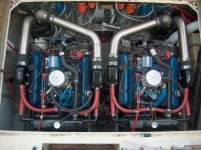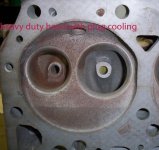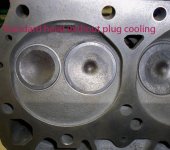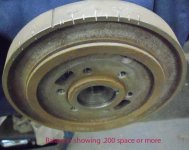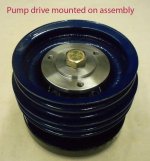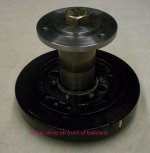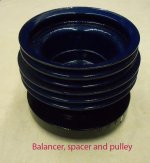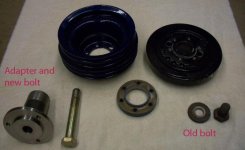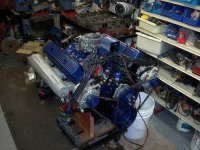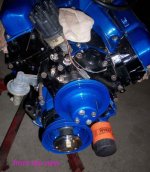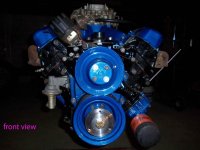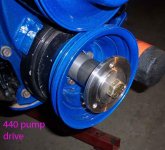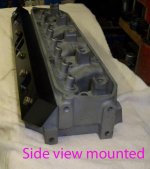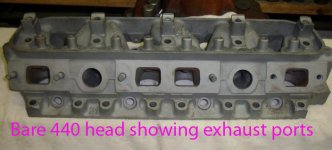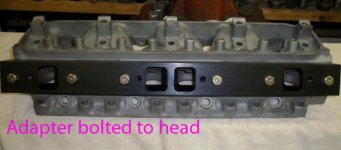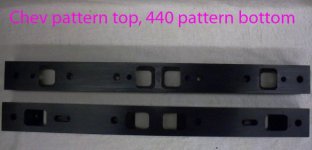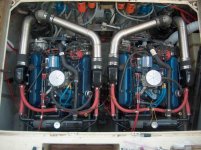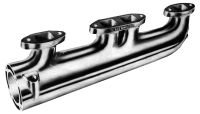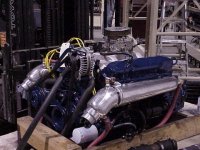510mopar
Contributing Member
I have been putting 440 Chryslers in all my boats since the mid 70's. I have built a lot of custom parts and have 440's and 426 Hemi's behind Mercruiser Bravo's. A fellow who sells me my aluminum center riser manifolds has asked me to make the adapters I use available. I am just not sure there is a market to be worth my while. These are CNC machines plates that bolt to the heads of a 440 and allow the use of the larger port small block Chev manifolds. I have used these for years and they really keep the heads cooler than the original Chrysler logs, not to mention weight savings.
I also have a cool front drive that bolts to the front of the crank and allows the newer Sherwood P105 sea water pumps to bolt up. These are crank driven pumps that Crusader and others use that are readily available.
If anyone thinks this may be something they could use email me. I am willing to produce them if there is a market.
I am going to try to attach a picture of the twin 440 magnums in my Searay Sedan bridge with the center riser manifolds, stainless steel risers and crank driven pumps.
my email is [email protected]
Thanks for your time
Dan
I also have a cool front drive that bolts to the front of the crank and allows the newer Sherwood P105 sea water pumps to bolt up. These are crank driven pumps that Crusader and others use that are readily available.
If anyone thinks this may be something they could use email me. I am willing to produce them if there is a market.
I am going to try to attach a picture of the twin 440 magnums in my Searay Sedan bridge with the center riser manifolds, stainless steel risers and crank driven pumps.
my email is [email protected]
Thanks for your time
Dan


